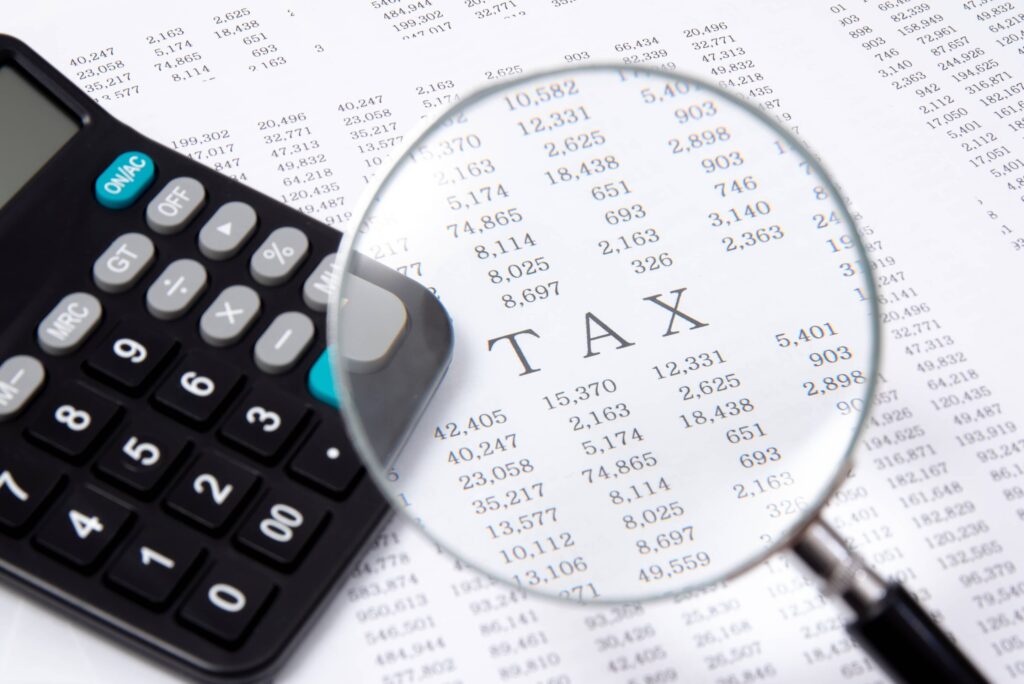
Effective January 1, 2024, Estonia is set to implement significant changes to its VAT law. The most significant change is that the standard rate of VAT will increase from 20% to 22%, marking a notable shift in the country’s fiscal policy. This adjustment will have wide-ranging implications, not only for businesses but also for individual taxpayers. In this article, we will delve into the details of these changes, discuss their importance, identify who will affected, and outline recommendations to adapt to the new tax regime.
Changes in VAT
The VAT change impacts a wide range of businesses and their pricing structures. Estonia’s VAT law changes includes the following two transitional provisions:
Standard VAT rate increases from 20% to 22%
As of January 1, 2024, Estonia is set to increase the standard VAT rate from 20% to 22%. However, businesses may continue applying the previous 20% VAT rate on turnover generated from contracts concluded before May 1, 2023, given that the contract specifies the use of this rate and disallows revisions with changes in tax rates.
Additionally, VAT payers employing special arrangements for cash accounting have the right to declare and pay VAT at the rate of 20% if the turnover occurs in 2024 for goods or services provided in 2023, and an invoice with a 20% VAT rate has been submitted in 2023, even if the payment is received in 2024.
VAT rate for accommodation services increases from 9% to 13%
Starting January 1, 2025, the reduced VAT rate of 9% for accommodation services will no longer apply. Instead, a new reduced rate of 13% will be implemented. Businesses using special arrangements for cash accounting can declare and pay VAT at the reduced rate, even if the related service has been provided, as long as an invoice has been issued before January 1, 2025.
VAT rate for press publications increases from 5% to 9%
Press publications, previously enjoying a reduced VAT rate of 5%, will face an increase to 9% effective January 1, 2025. Special arrangements for cash accounting allow businesses to declare and pay VAT at the reduced rate of 5% until 2026 if the turnover is generated from press publications, and the goods were sent or made available, or the service has been provided before January 1, 2025.
Revised rules for appointing tax representatives impacting UK entrepreneurs
Revised rules for appointing tax representatives are affecting UK entrepreneurs. In Estonia, nonresidents from outside the EU have historically needed a tax representative for VAT registration, except for those from countries with specific agreements with the EU. Once the proposed changes to the VAT Act are approved, however, UK entrepreneurs can choose whether to use a tax representative when registering in Estonia for the Import One-Stop Shop (IOSS). This change is essential for businessmen from the United Kingdom dealing with VAT obligations in Estonia.
Obligations of payment-service providers
Starting January 1, 2024, payment-service providers will be required to store data on cross-border payments and transmit this data quarterly to the tax authority. These changes aim to detect cross-border VAT fraud and improve competitive conditions in e-commerce.
Why Are These Changes Important?
The amendments in Estonia’s VAT legislation hold importance for several reasons:
Financial Impact: When the VAT rate goes up, it directly impacts how businesses manage their money. This affects how they set prices for their products or services and the amount of profit they make.
Transition Provisions: It’s critical for businesses with long-term contracts to get the transition provisions right. This helps them follow the new tax rates properly and avoid any money problems that might otherwise occur.
Clarity in Tax Application: Knowing how taxes apply to goods you sold before and after the new rates is important, as it helps avoid mistakes when you’re dealing with taxes and reporting your finances.

Implementing Strategies for VAT Adjustments
To navigate these changes effectively, various actions should be considered:
Review Pricing and Contracts: Businesses should review their pricing strategies and ongoing contracts to ensure they are in compliance with the new tax rate. Adjustments may be needed.
Communicate with Customers: Businesses should proactively communicate with their customers about potential price increases due to the higher VAT. Transparency is key.
Update Accounting Systems: Companies must update their accounting and financial systems to accurately account for the new tax rate.
Assess Consumer Behavior: Be prepared for changes in consumer behavior. As prices increase due to higher VAT, some consumers may seek alternatives or reduce their consumption of certain goods and services.
How Magrat Can Assist
Magrat offers comprehensive support and assistance to help you navigate the VAT changes in Estonia. We can help you understand the implications of these changes, provide guidance on adapting to the revised tax rates, and offer ongoing support as required.
Businesses and individuals seeking assistance or clarification regarding the VAT changes in Estonia can confidently reach out to Magrat for expert guidance and support.
In Summary
In conclusion, the changes in Estonia’s VAT law, with the increase in the standard tax rate from 20% to 22%, represent a significant fiscal policy shift. These changes are essential for revenue generation, simplification of the tax system, and adherence to European Union guidelines. Businesses and consumers alike need to be proactive in adapting to these changes to ensure smooth compliance with the new tax regime. For assistance understanding and successfully implementing these changes, contact Magrat OÜ at any time.
